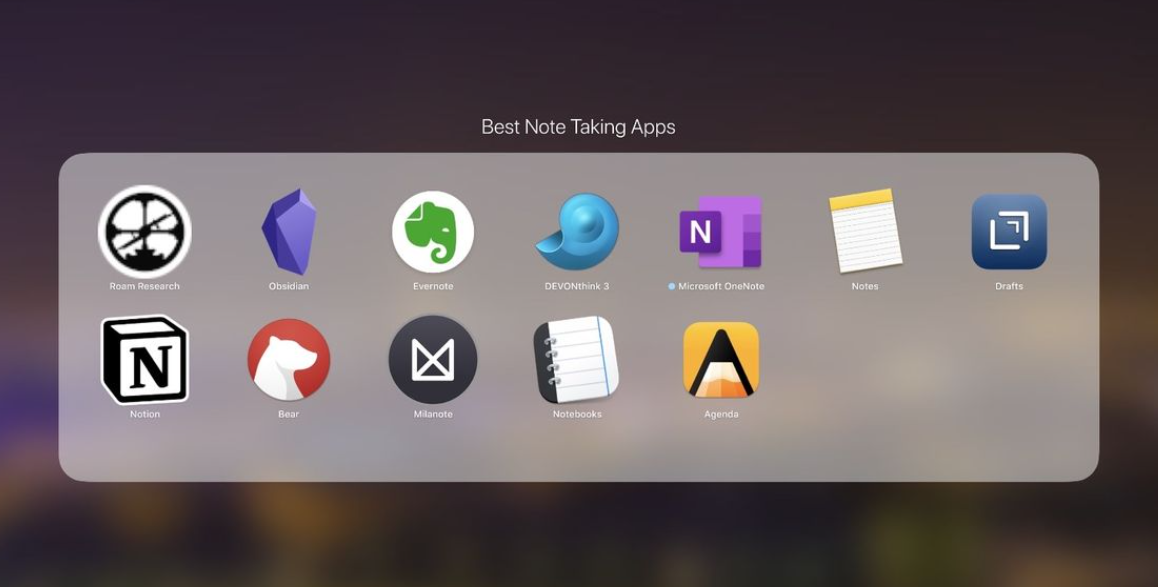Carapeastra Insights
Your go-to source for news and information on a variety of topics.
Note Taking: The Secret Weapon You Didn't Know You Needed
Unlock the power of effective note-taking and discover the secret weapon that can transform your productivity and creativity!
5 Effective Note-Taking Techniques for Better Retention
Effective note-taking is essential for enhancing retention and understanding of the material. One popular technique is the Cornell Method, which involves dividing your page into three sections: cue, notes, and summary. As you take notes in the main section, jot down keywords or questions in the cue section to help trigger your memory later. This method not only organizes your notes but also encourages active engagement with the material, making it easier to review and recall information.
Another effective technique is the Mapping Method, which utilizes visual diagrams to represent relationships between concepts. Start with a central idea in the middle of the page and branch out with subtopics, connecting them with lines. This structured visual format helps to categorize information and aids in retention by providing a clear overview of how ideas relate to each other. By employing these note-taking techniques, you can significantly improve your ability to retain and recall information.

How to Transform Your Note-Taking Skills into a Superpower
Transforming your note-taking skills into a superpower can profoundly impact your learning and productivity. The first step is to develop a system that works for you. Experiment with different techniques, such as the Cornell Method, mind mapping, or digital note-taking apps like Notion and Evernote. Each method has its strengths, so it's essential to find one that aligns with your style of thinking and information retention. Once you have identified a suitable technique, consistency is key. Make it a habit to take notes during meetings, lectures, or while reading, ensuring you capture and organize your thoughts effectively.
Additionally, enhancing your note-taking skills involves integrating visual elements and summarization techniques. Use bullet points, diagrams, and highlights to make your notes more engaging and easier to review. For instance, incorporating color coding can help categorize information and make key points stand out. Regularly revisiting and revising your notes will not only reinforce your memory but also help you identify areas requiring deeper understanding. By adopting these practices, your note-taking could become an invaluable resource, turning simple jottings into a powerful tool for success.
Is Digital Note-Taking Better than Traditional Methods?
In the modern age of technology, digital note-taking has emerged as a popular alternative to traditional methods like pen and paper. These digital solutions offer a variety of tools that enhance user experience, such as the ability to easily organize notes, incorporate multimedia elements, and search for specific information quickly. Moreover, applications such as Evernote or Microsoft OneNote allow users to synchronize their notes across multiple devices, ensuring that important information is always accessible. This level of convenience can greatly improve productivity, especially for students and professionals who rely heavily on organized information.
On the other hand, traditional note-taking methods have their own benefits. Writing notes by hand can lead to better retention and understanding of the material due to the cognitive process involved. Some studies suggest that individuals who take notes manually tend to have stronger memory recall compared to those who type. However, the tactile experience and personal touch associated with traditional note-taking can sometimes be eclipsed by the efficiency and versatility of digital tools. Ultimately, the choice between digital and traditional methods often depends on personal preference, context, and the specific needs of the user.